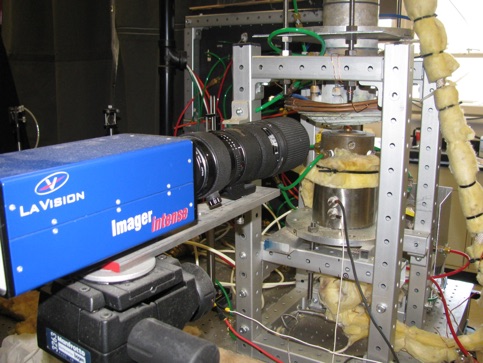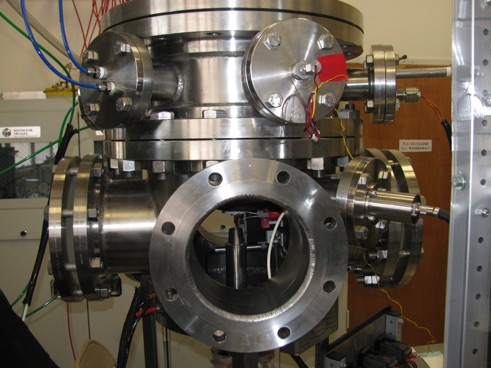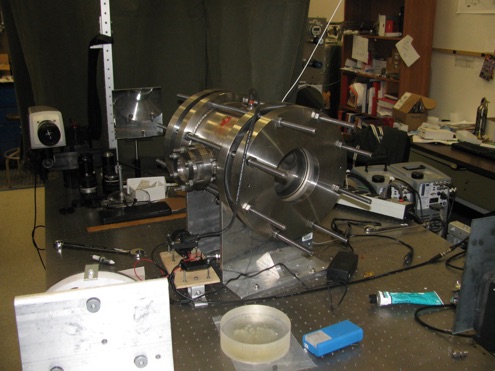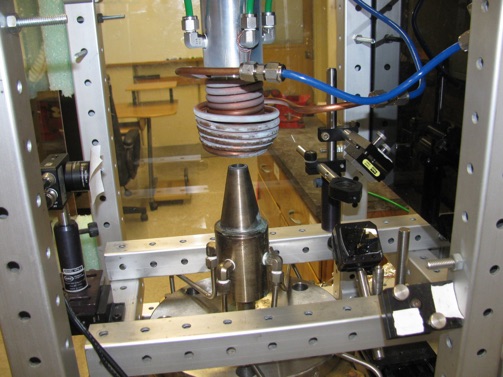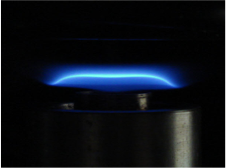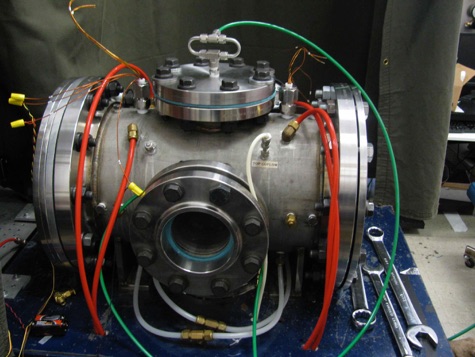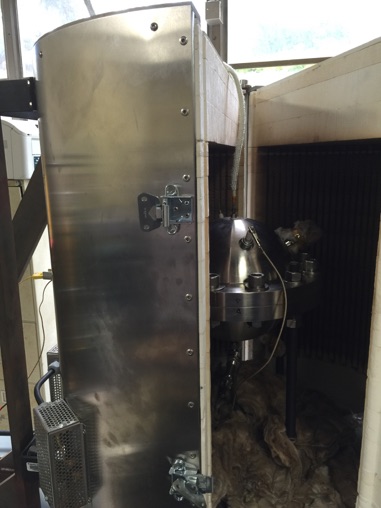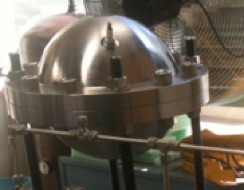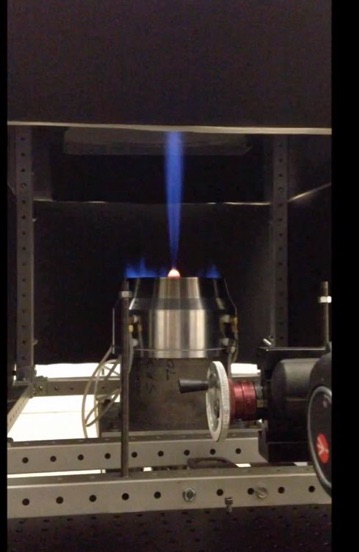Professor Fokion N. Egolfopoulos
LABORATORY FACILITIES
Experimental:
The Combustion and Fuels Research Laboratory has extensive capabilities for experiments of reacting flows that can cover the pressure
range of 0.1 to 60 atm, that is a pressure ratio of 600. Specific capabilities:
•Five (5) counterflow systems, operating at 1 atm and capable of handling fuels ranging from hydrogen to gasoline, jet, Diesel, and heavy bio-derived fuels;
•Three (3) counterflow systems, operating between 0.5 and 20 atm, and capable of handling fuels ranging from hydrogen to gasoline, jet, Diesel, and heavy bio-derived fuels;
•One (1) transient plasma generator that can be used in all combustion rigs;
•One (1) constant volume cylindrical combustion chamber with optical access to study flame ignition and propagation for pressures up to 40 atm;
•One (1) constant volume spherical combustion chamber to study flammability and detonation limits for pressures up to 80 atm;
•One (1) piloted premixed jet flame (PPJB) facility capable of achieving Re up to 105and of handling fuels as heavy as C16 hydrocarbons.
•One (1) atmospheric pressure reactor for the study of fuel thermal decomposition and oxidation under isothermal conditions;
•Two (2) 1-D laser Doppler velocimetry (LDV) systems;
•Four (4) low speed (5 Hz) 2-D particle image velocimetry (PIV) systems;
•One (1) high-resolution tomographic DPIV system for 3-D velocity and velocity gradient measurements that includes four (4) 16 bit 5.5 MP high sensitivity SCMOS cameras and a high power laser;
•One (1) high-speed (1-20 kHz) 2-D PIV system;
•One (1) high-frequency (up to 100 kHz) line-of-sight chemiluminescence system that includes one (1) Lambert HiCATT intensifier amplifying the signal up to 10,000 times with 40 ns minimum gate time and a high speed camera;
•One (1) Phantom v710 camera with 25.6 x 16mm CMOS sensor and speeds up to 30,000 fps;
•One (1) Phantom v1211 camera with 35.8 x 22.4mm CMOS sensor speeds up to 50,000 fps;
•Two (2) shadowgraph systems;
•One (1) intrusive probe system for measuring NOx;
•One (1) laser extinction system for the measurement of soot volume fractions;
-
• One (1) laser extinction system for the measurement of soot volume fractions;
-
• One (1) formaldehyde (CH2O)-PLIF system
An atmospheric pressure counterflow rig integrated with a DPIV system
appropriate for studies of flame propagation and extinction
A high-pressure counterflow rig integrated with a DPIV system
appropriate for studies of flame propagation and extinction
A high-pressure counterflow rig integrated with a transient plasma generator
appropriate for studies of thermal and plasm-induced flame ignition
A constant-volume cylindrical combustion chamber integrated with a shadowgraph system appropriate
for studies of ignition and propagation of spherically expanding laminar flames up to 10 atm
A constant-volume spherical combustion chamber enclosed in an oven appropriate
for studies of propagation of spherically expanding laminar flames up to 60 atm
An atmospheric pressure counterflow rig integrated with a laser extinction system
appropriate for studies of particulate volume fractions in flames
Representative flames established in the counterflow configuration
Atmospheric Piloted Premixed Burner Jet Flame (PPBJ) Facility
Computational:
The USC Combustion and Fuels Research Laboratory has also the capability to perform any type of detailed zero- and one-dimensional
reacting flow simulations using detailed description of molecular transport and chemical kinetics. Specific capabilities:
-
• An Intel Xeon-based 60-processor MacPro cluster
-
• An AMD-based 36-processor cluster
-
• Access to the University’s High Performance Computing & Communications (HPCC) cluster (http://www.usc.edu/hpcc/)
-
• Access to the Department of Defense’s High Performance Computing facilities (HPC)

